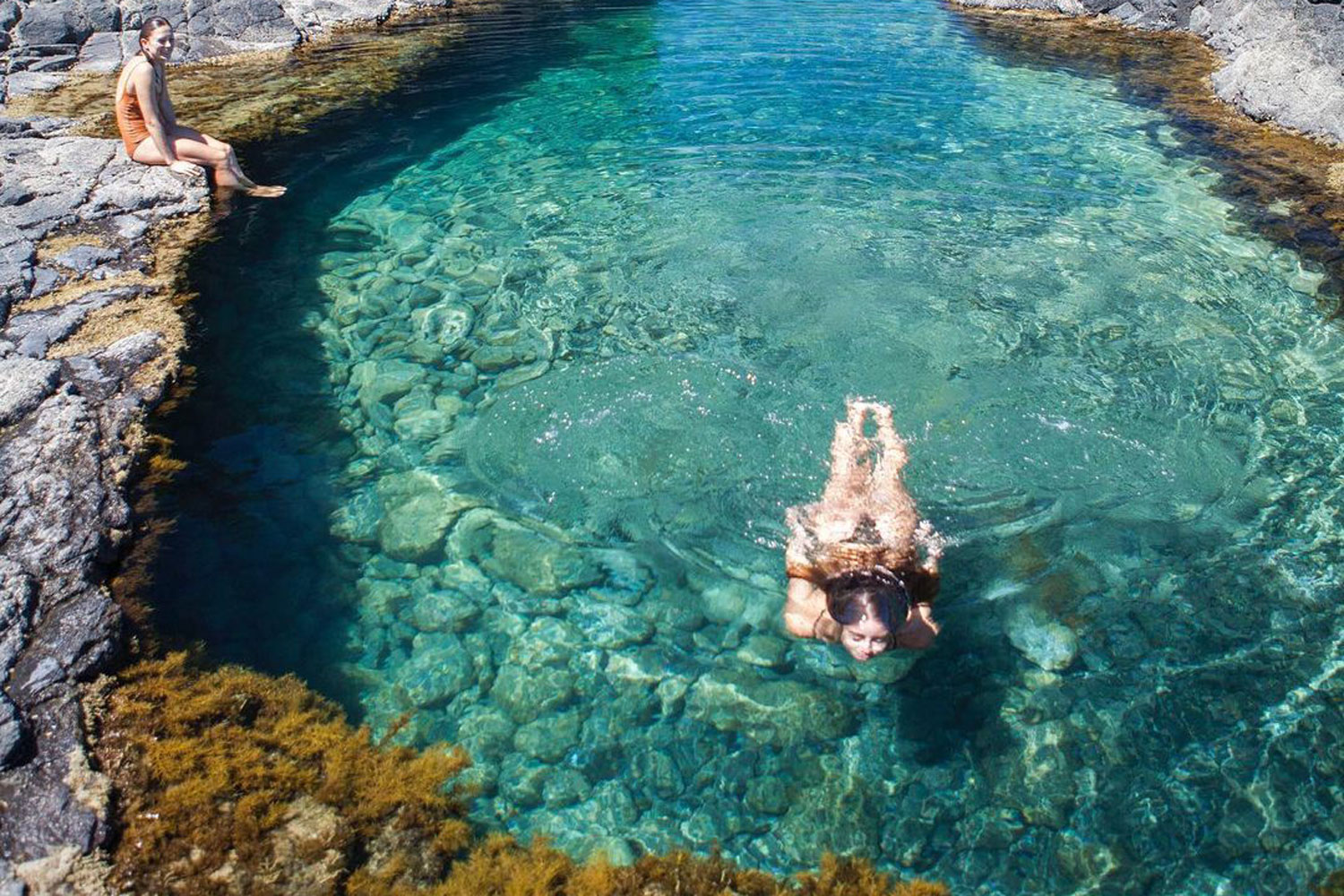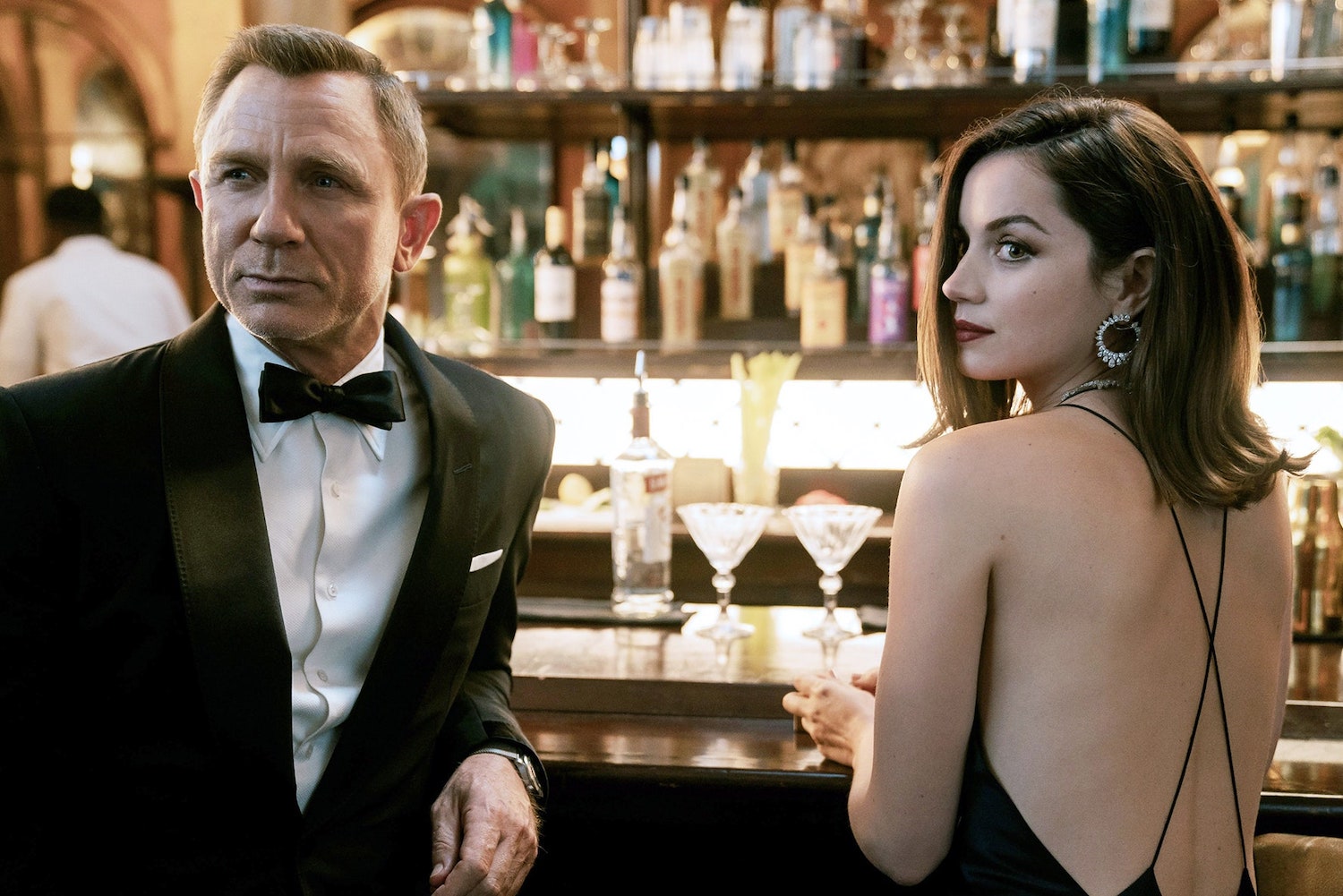
It’s no longer enough to love getting salty. In 2021 you’ve got to be a thalassophile.
Let’s backpedal a second: for those uninitiated in Latin, Greek, or Instagram slang, a thalassophile is someone who loves the sea. The word derives from the Greek word thalassa, which means sea. The practice, allegedly dates back to when Roman soldiers would take hot baths in seawater to recover and recuperate. There is also a type of therapy that has been dubbed thalassotherapy, which is the use of seawater to treat people. This term is said to have been coined by French doctor Joseph de la Bonnardi
ère in 1867.The practice, for those that believe, is based on the systematic use of seawater, sea materials and coastal climate in order to help you feel good. When it comes to the science behind it, sea air is meant to be good for your lungs, and seawater is thought to have beneficial effects on your skin (if it’s clean).
Many people have chosen to identify as
thalassophiles over the years, due to the many benefits – mental, physical and emotional – they have got from being near or in the ocean. It has also, especially in recent years, become a thing on Instagram, with travellers and influencers putting ‘thalassophile’ in their bio, much in the same way some people put ‘sapiosexual’ in their Tinder bio.Though your first instinct might be to cringe at this, we put on our goggles, did some swimming, and learned a little about this ‘ancient new’ trend. Basically: there are a group of people who are making careers out of taking photos of themselves in shimmering waters all around the world, from the Maldives to Malaga, and having a damn good time doing it.
Not all of these Modern Day Vikings call themselves thalassophiles. But they all seem to be inspired by the ocean-loving spirit.
They then sell their e-courses and photography ‘presets’ to other aspiring social media users, and the vicarious tribe grows ever larger.
The movement is taking the travel industry by storm, with more and more people becoming inspired to go it alone, and work out their own itinerary, travelling the world using apps like BlaBlaCar, Workaway, Tinder Gold and Airbnb (rather than Renfe, Flight Centre and Topdeck). It hasn’t killed traditional travel companies yet, but it is disrupting them.
Speaking of disruption, Traveller reported in 2018 that backpackers don’t camp like they used to whilst on guided tours.
Ben Groundwater for Traveller wrote: “Contiki, the juggernaut of group travel for young people in Europe, now only offers one camping itinerary around the continent. One. Out of more than 300 trips the company runs there.”
“By far the more popular accommodation options involve staying at a mix of hostels and cabins (sometimes in campsites, sometimes aboard ferries or yachts), or staying in proper hotels in twin-share accommodation. And even for the hardy few, camping tours ain’t camping tours anymore.”
“Those passengers don’t even have to set up their own tents. They don’t have to wash their own dishes. There’s far more focus on travelling for them, and less focus on doing chores.”
He also wrote: “Millennials are pretty savvy – they know food, they know culture, they know sights and attractions, and they want to see and experience them. They want to go out and have fun, sure, but getting boozy in a campsite that could be pretty much anywhere in the world is not high up on their list of priorities.”
In 2021, we’d go a step further. Though bus tours aren’t dead yet, here at DMARGE we’d argue that no longer is camping a dying art, but guided tours themselves are under threat.
How Young People Will Travel In 2022, according to TikTok
Why? No longer do travellers turn exclusively to The Lonely Planet and Tripadvisor to plan their trips. They’ve got hordes of bloggers showcasing boutique bars, cloistered cloves and dropped pins for them to follow. Who needs Contiki, for instance, when you can customise your own trip and meet people as you go? The only reason to do an operated tour, these days, is to easily meet people, many believe (though you could also argue that’s always been the case).
That said, there is a future where old school travel companies work with influencers.
“I only see the influencer marketing getting bigger,” Jade Broadus, creative director of Travel Mindset, once told Travel Weekly about influencers disrupting the travel industry.
According to Travel Weekly, she claimed people in their 30s want travel agents, but: “They just don’t know that they want that.”
“By travel agents partnering with influencers, they can gain a level of trust. People trust influencers like they trust their best friend.”
On that note: it’s certainly true that while professional travel bloggers may know the off beat destinations of the world (or, more importantly, have the contacts and nous to find them wherever they go) like the back of their hand, their followers probably don’t. So maybe there will always be a place for guided tours – of a kind.
Another big secret many are cottoning onto is that, with the right filter, everything looks like a hidden gem…
RELATED: 2 Days In Sydney’s Hidden Hinterland
Still with us? Swim on back to the ocean; watch the video below to learn more about how the word ‘
thalassophile’ has become such a buzzword in the travel blogging space, as well as to learn about how others are very much fearful of the ocean, and have ‘thalassophobia.’Our distaste for the word itself aside, it makes sense people would turn to the ocean as a source of solace (and adventure), particularly here in Australia, where a temperate climate and an abundance of sea pools make the ocean more easily accessible (if you live on the coast) for a variety of people to enjoy than it is anywhere else in the world.
New South Wales, Australia, has more than 70 ocean pools.
Thanks to stats like this, a culture of sea-loving (ok, fine, thalassophilia) has sprung up.
Caroline from Places We Swim, whose Instagram photos rank highly for everywhere from Victoria’s The Pillars to NSW’s Clovelly and Bushranger’s Bay, told DMARGE: “Swimming is part of our daily lives and psyche in Australia.”
“I’m sure it’s to do with the landscape and climate. But we are very connected to swimming in Australia. We also learn to swim much younger than in most countries.”
“With regard to ocean pools, they almost exclusively exist in NSW, and there is over 100 dotted down the coast. NSW has to be one of the friendliest places to swim in the world.”
Another part of the attraction is that it’s a relationship that keeps you on your toes: you can’t just rock up and score the perfect beach day. It’s an art of reading the wind, swell, weather and tide, and when it pays off it’s a lot more satisfying than simply dropping by your local chlorinated swim (or bridge) club.
Reading the conditions makes you feel more connected to nature. And you don’t even need to be an ultra-fit surfer to learn. Like golf, it just takes practice.
Pip Edwards, Australian fashion designer and co-founder of sportswear label P.E Nation, told DMARGE: “We absolutely love a beach rock pool. We work with the natural coastline. All our coastal beaches have their own rock/ocean pools.”
“We experience massive high and low tides and powerful surfing waves, so having the option of an ocean pool is awesome to still get in the water, even if you aren’t a strong ocean swimmer. It encourages fitness whatever your level.”
“It also encourages connection to the landscape. Our coastline is our lifeblood. It impacts our energy and outlook and for me, is the biggest source of inspiration. And to breathe and bathe on the concrete whilst being close to the water and beach is everything.”
DMARGE also spoke to photographer Rachael Kane, who has experience taking photos in Italy’s Capri and Amalfi Coast as well as Sydney’s Eastern and Northern beaches (and Byron Bay).
“I think it is a magic cocktail of; people at the beach are all on holidays, they are walking to the beach, they dress to impress – no matter if you are a movie star or a mechanic. Anchored off the calm Mediterranean beaches are glamourous super yachts. You as a participant absorb the beauty, you believe in it. No sand no worries, they happily lie on pebbles all day to unashamedly worship the sun, or even better a sun lounge on the pebbles with a personal waiter.”
As for Australia and rockpools, Rachael told us: “I find it interesting that many of the iconic Australian East Coast rockpools were built during the Great Depression as government initiatives for the unemployed men, and even today these rockpools and baths are still embraced and very loved. I wish there were more along our dangerous coastline.”
“You have to imagine back in the 1930s that not everyone could swim well, and certainly the rugged surf pounding coastline would have been daunting, so it seems almost like Australia’s first step was to tame small corners of our oceans and seas until we understood the beast better.”
Photographer and videographer Chris Mohen, for his part, said: “The way that Australians have used the rock formations of the coastlines to create beautiful and safe swimming areas is pretty incredible. Some with facilities like Wylie’s in Coogee and others just down a dirt road like Injidup really shows to me how much variety there is in a natural or semi-natural rockpool and how much people need that place to clear the mind and start or end the day.”
“After travelling overseas quite extensively, especially to places like Nice in the south of France really shows that to me, the daily swim is pretty essential for humans of coastal areas and probably shows why people who live on the coast crave that morning or evening swim so much.”
Finally, photographer Laura Reid told DMARGE, in her view, “for many coastal locations the ocean pool is like a European town centre, it is a meeting place.”
There you have it. Perhaps there’s a good reason to be a thalassophile after all. Now, where are my boardshorts?
Read Next
- I Jumped Aboard 2021’s Most Cliche Travel Trend. It Was A Complete Disaster
- This Anthony Bourdain Quote Completely Changed How I Travel
The post ‘Thalassophiles’: The Modern-Day Vikings Invading The Travel Industry appeared first on DMARGE.
from DMARGE https://ift.tt/3qCTkfp







0 comments:
Post a Comment